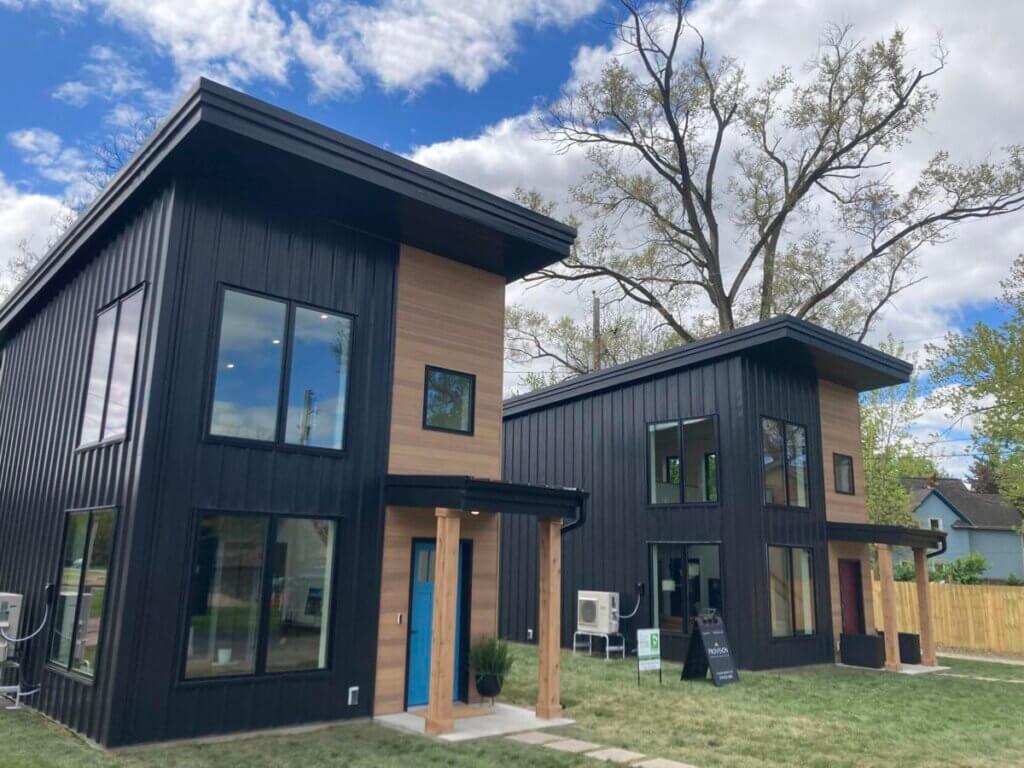Legislation for Information: Sacramento’s Role in Filling Housing Data Gaps
Published On August 17, 2017
As California’s lawmakers return to Sacramento next week, it is worth paying attention to current legislative efforts to improve access to data that can inform our understanding of the state’s housing crisis. While the final package of housing legislation is still to be determined, some of the original bills — including SB 35, AB 1397, and AB 879—have the potential to improve housing data quality throughout California.
Why focus on data? Despite the severity of California’s housing crisis, and the importance of the housing sector to the overall health of the state’s economy, we lack basic data on many critical aspects of housing production and supply. Seemingly simple questions—such as how many new units of affordable housing were built in cities across California in the last five years—are surprisingly difficult to answer. While creative efforts to fill these gaps do exist—including crowdsourcing apps, mapping efforts, and data-sharing by private sector firms—for some data gaps, legislative fixes might be best.
Better data would enhance our work as a research institution and would bolster the effectiveness of advocates and private sector leaders. Better data through legislation would also directly benefit legislators themselves. It would enable our elected leaders to create effective evidence-based policy and to mobilize on crucial housing issues such as homelessness among veterans.
A MISSING PIECE: HOUSING PRODUCTION IN CALIFORNIA
As alluded to above, one of the critical data gaps that legislation could help address is the lack of information on where, how much and what type of housing is produced each year, as well as the affordability restrictions on each property. Currently, that information is surprisingly hard to gather, if it is collected at all. While some cities like San Francisco make their development pipeline data public, many compile this information in a manner that makes it difficult to obtain and cumbersome to analyze.
Steve Spiker, Research & Technology Director at the Urban Strategies Council in Oakland, encapsulated the issue in a recent interview. In the current state of affairs, he said, various public agencies obtain and retain housing data in inconsistent formats, and some housing data are so inaccessible and difficult to use that even public agencies themselves have resorted to buying repackaged public data from private entities.
One specific opportunity for improvement is with the Annual Progress Report (APR) that each city or county must submit annually to California’s Department of Housing and Community Development (DHCD) to report on their annual housing production. These reports are intended to show how well the jurisdiction’s housing stock and production is meeting local and regional housing needs as outlined in the Housing Element of their General Plan. APRs should provide robust data on cities’ housing production, including the extent to which cities are building units affordable to very low, low, and moderate-income households. In practice, though, they rarely achieve this goal.
Improving APR data quality and reporting is a top priority for legislators in Sacramento. Several of the original proposed bills aim to broaden the scope of reporting jurisdictions by extending the reporting requirement to charter cities, which are currently excluded from submission requirements. Of California’s 482 cities, 121 are charter cities, including major population centers such as Los Angeles, San Diego, and San Francisco. Although some of them submit APRs of their own volition, a blanket mandate would significantly bolster the chance of getting statewide data from APRs.
Other proposed changes include better information on the number of housing units proposed, produced, and denied broken down by level of affordability; more uniform identification of parcels of land available for development; increased granularity and richness of the data on vacant parcels; and the inclusion of a specific analysis of the balance between an area’s jobs and housing. The latter is an issue that is particularly vexing in California’s large metro areas which continue to produce high-quality and high-paid jobs while failing to produce housing at the same pace.
Collecting better data on production and affordability is also a key component underlying SB 35 (Wiener), which proposes a streamlined approval process for affordable housing. The main principle of Wiener’s bill is similar to Massachusetts’ Chapter 40B, which smooths the approvals process for affordable housing and allows developers to appeal to the state in jurisdictions where less than 10 percent of the housing stock is affordable. In addition to its implications for housing production, SB 35 would mandate annual reporting on the issuance of entitlements, building permits, and certificates of occupancy. This could provide new transparency into the local entitlement and permitting process. With these requirements, SB 35 could help pinpoint with better accuracy the factors that delay and stymie housing development.
LEGISLATIVE ACTION CAN MAKE A DIFFERENCE
Kristy Wang, Community Planning Policy Director at SPUR, has spearheaded an effort to assess the role legislation might play in filling housing data gaps. According to SPUR’s analysis, access to better-quality permitting and production data through legislative action could enable the public, researchers and media to hold jurisdictions accountable for producing their fair share of housing. It would also enhance the utility of the Housing Accountability Act, Housing Element law and fair housing law.
Better data are essential to understanding the links between housing supply, demand, and affordability, and will help us to develop better evidence-based policies to address the housing crisis. As the housing crisis continues to exact real costs on both economic productivity and people’s well-being, it is heartening that lawmakers in Sacramento are finally paying attention. With substantive new legislation and better data-collection mechanisms for assessing that legislation’s effectiveness, we can take action to create better housing prospects for all Californians.





